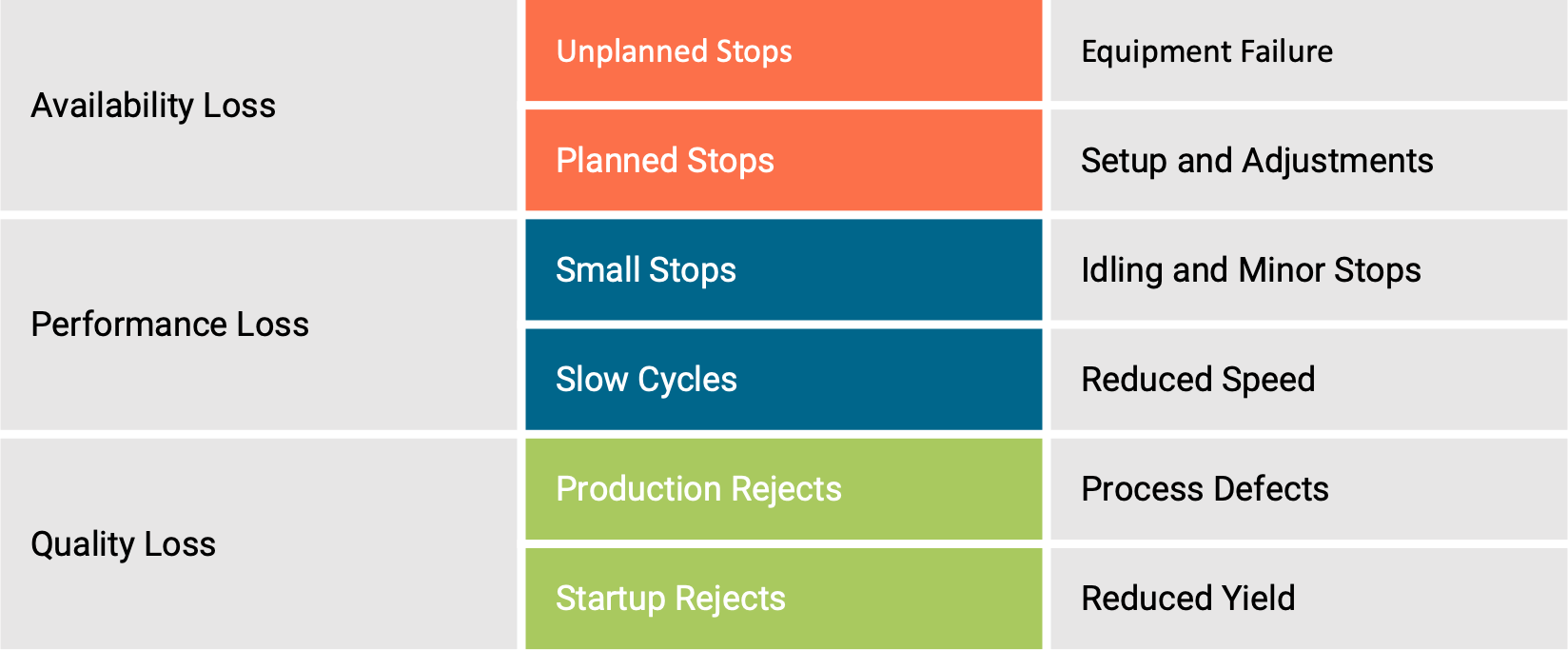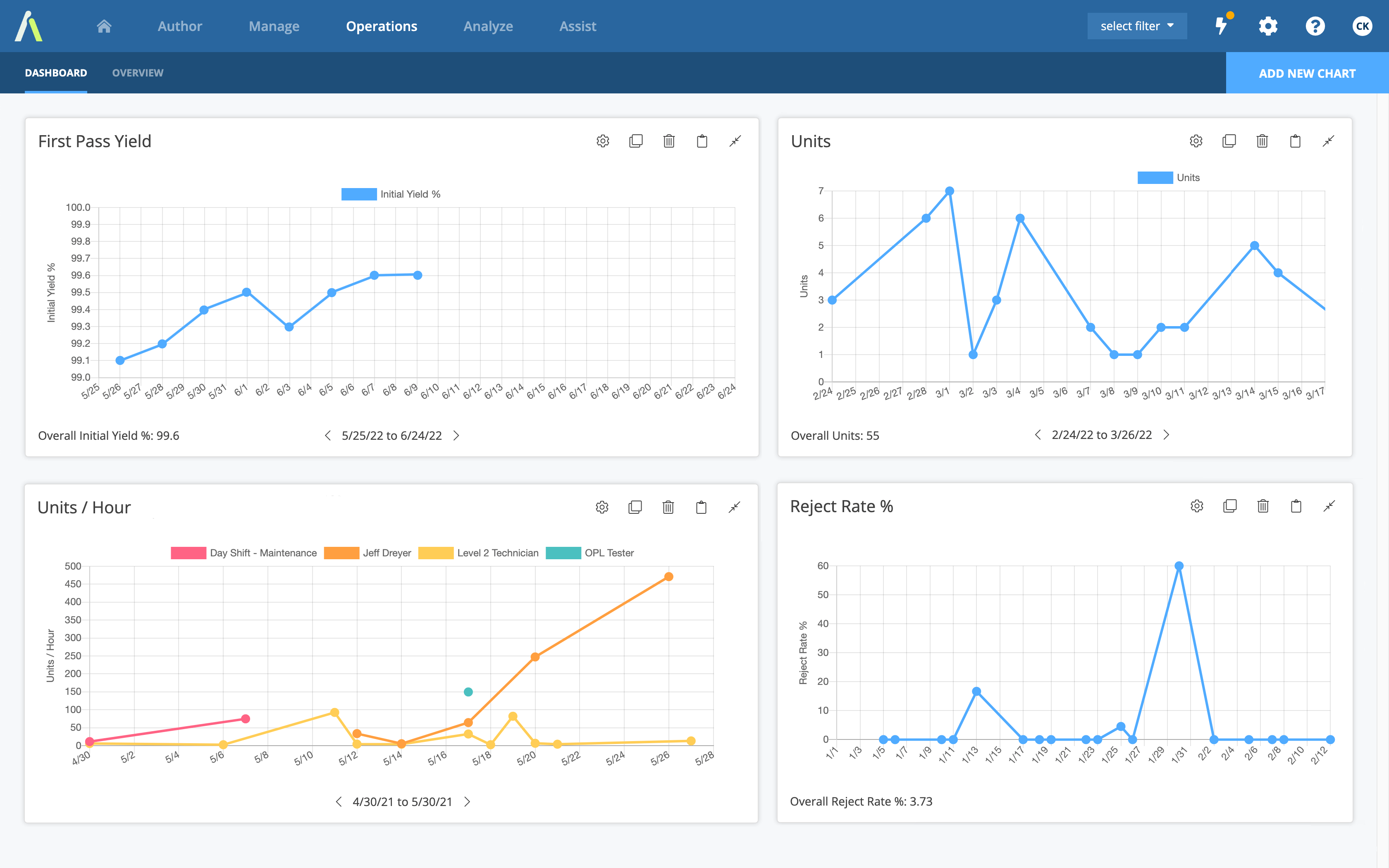Six Big Losses in Lean Manufacturing
Equipment maintenance is a priority in any manufacturing facility. Machine operators, technicians, and other staff must ensure that everything is running efficiently to produce products in a timely manner.
However, that may not always be possible due to unexpected events like equipment failure. That’s where understanding the six big losses proves helpful.
Developed as a way of categorizing the types of equipment-related issues that can slow down manufacturing, the six big losses help manufacturers identify areas for improving production processes and productivity on the factory floor.
This philosophy is rooted in total productive maintenance (TPM), which has the goal of maximizing equipment effectiveness by involving all employees, from assembly line workers to management. In 1971, Japanese entrepreneur Seiichi Nakajima developed both TPM and the six big losses as a framework for reducing waste and bringing more value to the customer. Today, these core objectives are still among the guiding principles of lean manufacturing.
If you’re interested in learning what the six big losses are and how to eliminate them, read on as we discuss:


